1 MacDonald St
Mt Maunganui
admin@littleeinsteins.co.nz
PH: 07 572 5916
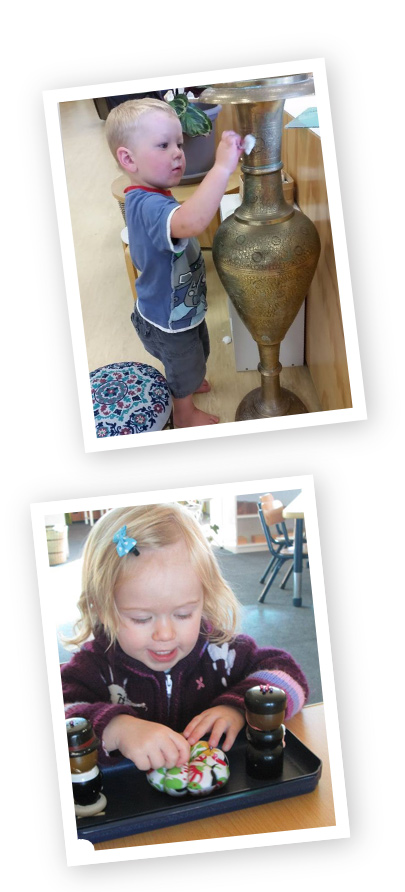
Curriculum
At Little Einsteins Montessori, we offer a fantastic Montessori Programme, focusing on each child’s individual strengths, interests and needs. Our highly qualified team of teachers provide high standards of care and education for children aged 3 months to 6 years.
The New Zealand Early Childhood Curriculum ‘Te Whariki’ and the Montessori curriculum are naturally interwoven throughout each day. The Montessori Curriculum varies in each room depending on the age group of the children. For the children under the age of 3 years, the teachers design a curriculum that focuses on the children’s physical development, problem solving, language development and practical life skills.
The children 3 years and over move into the preschool area of the Montessori. The main curriculum in the preschool involves five areas, Practical Life, Sensorial, Maths, Language and Culture. The children also have opportunities to explore a range of other subjects and activities in the community, e.g. swimming lessons. Children can work with wonderful resources in each of these areas individually and in groups. Montessori activities are designed to encourage the development of independence, confidence, problem solving, self correction, concentration and co-ordination.
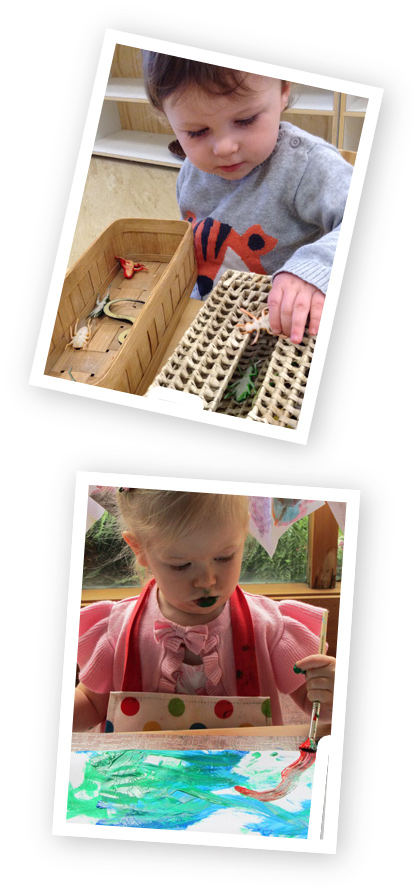
Subjects
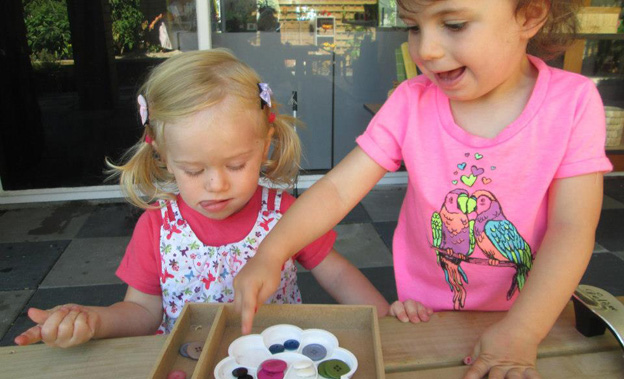
Practical life:
The purpose of Practical Life is to help the child gain co-ordination of movement and independence. These exercises aid the growth and development of the child’s intellect and concentration. This in turn will help the child develop an orderly way of thinking.
Sensorial:
Comes from the word “senses”. These materials allow the child to refine their senses. They were designed to cover every quality that can be perceived by the senses such as size, shape, composition, texture, loudness, softness, matching, weight, temperature etc.
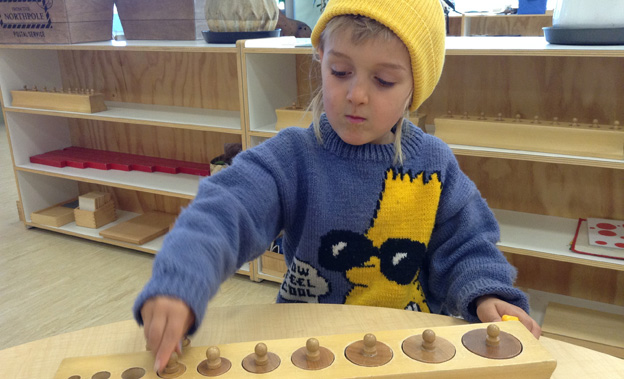
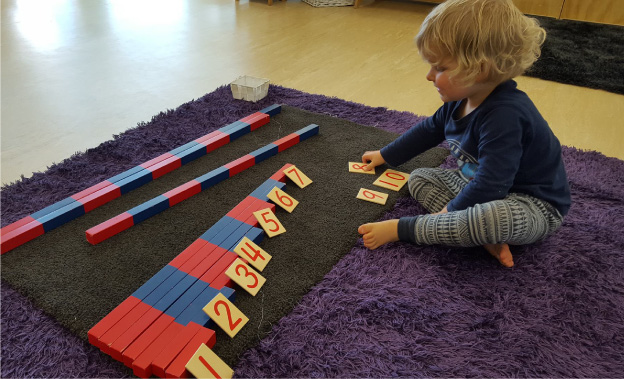
Mathematics:
Math in Montessori is all about exploring with the senses. Children learn through exploring with their hands, manipulating materials, and using their senses to take in information. Montessori math is a great foundation for your child in being comfortable and competent in the world of numbers.
Language:
Developing the child’s language is part of every aspect of the Montessori curriculum. With the language program, children learn how to recognize and differentiate sounds as well as to write. The material plays an important role in aiding the children develop the powers of communication and expression, of organization and classification, and the development of thought.
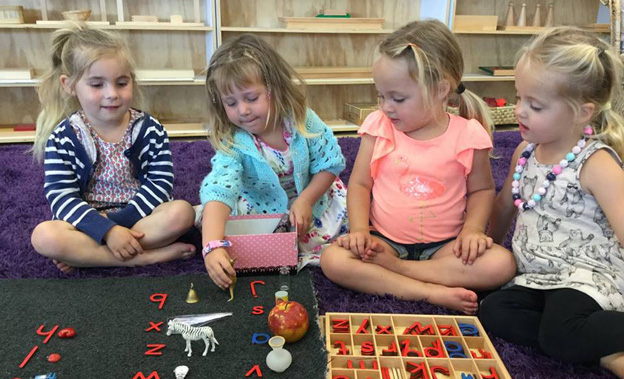
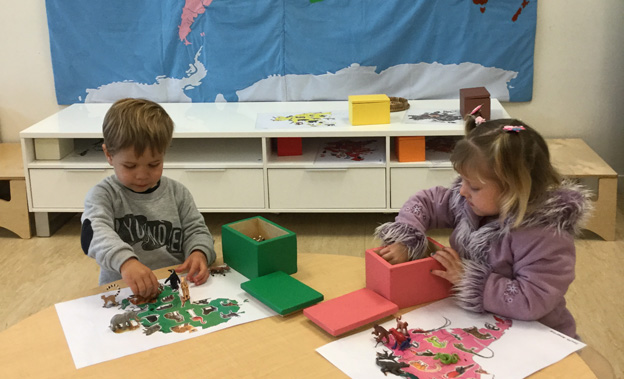
Culture:
This area includes the subjects geography, history, biology and science. The child has a wonderful interest in the world around them. They learn about the earth, the seven continents and people around the world. History allows the child to learn the concept of time. Biology teaches the child about the plants, animals and insects that live on our planet. Finally, science allows the child to carry out simple experiments and encourages the child to ask and learn, how?
